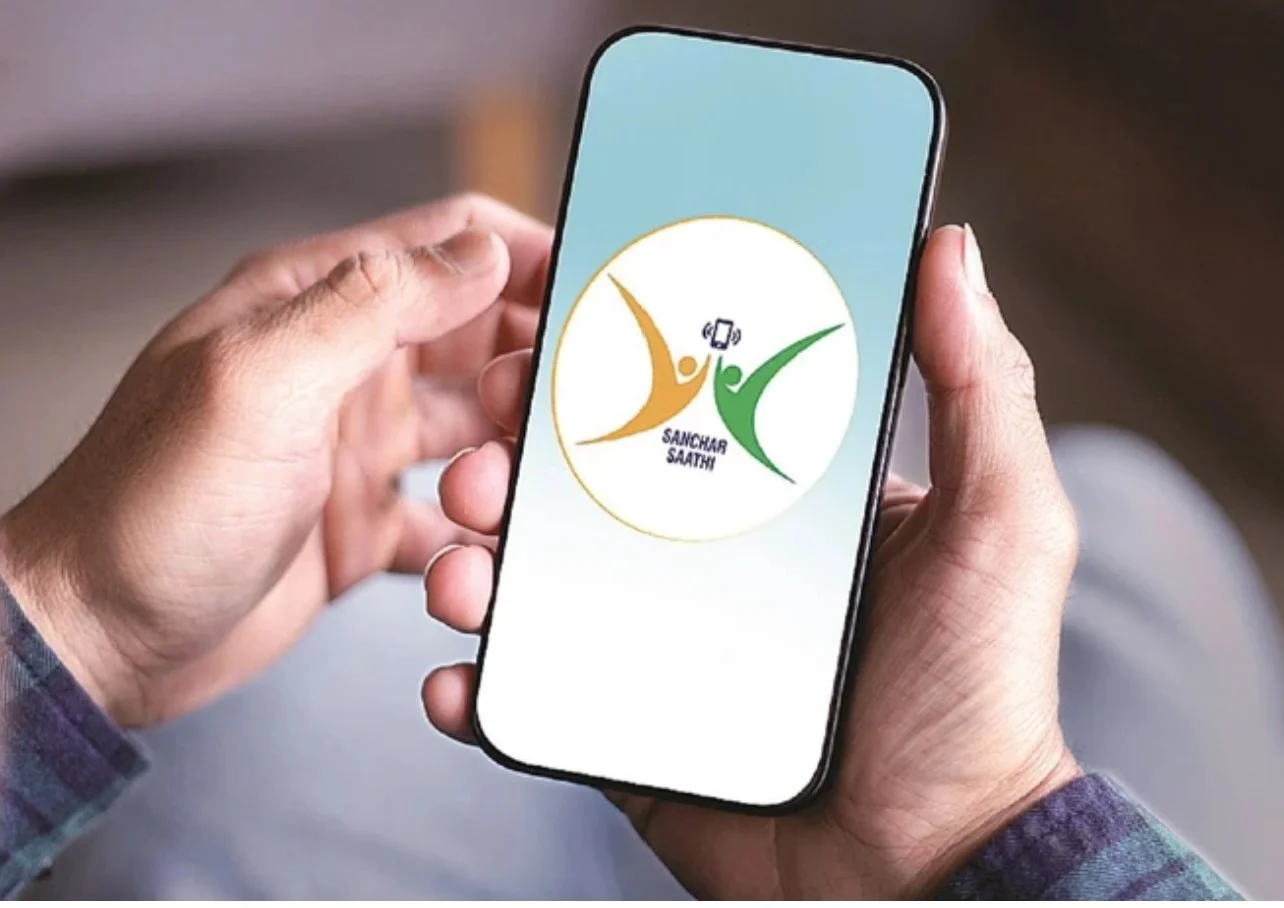The need and hunger for data in an organization is cliché. Organizations need to move beyond the obvious, but they are unable to do so because they are not certain about the data quality management of the data they possess. The quality of data does not exactly depend on how many sophisticated tools you buy. It depends on how intelligently the solution architecture has been designed, and more importantly, on how closely cross-functional teams collaborate to put together meaningful, actionable data-driven insights.
Unfortunately, most attempts by companies to leverage data as a strategic asset has failed. The challenge of both managing vast amounts of disparate and disjointed data and then making sense of it and distributing it to those who can use it to drive value is proving to be almost impossible. On top of that the amount of data is growing at a phenomenal rate and modern application development is getting more and more complex.
According to Gartner:
- By 2022, 90% of corporate strategies will explicitly mention information as a critical enterprise asset and analytics as an essential competency.
- By 2023, data literacy will become an explicit and necessary driver of business value, demonstrated by its formal inclusion in over 80% of data and analytics strategies and change management programs.
- By 2022, 30% of CDOs will partner with their CFO to formally value the organization’s information assets for improved information management and benefits.
- By 2023, 60% of organizations with more than 20 data scientists will require a professional code of conduct incorporating ethical use of data and AI.
- By 2022, more than half of major new business systems will incorporate continuous intelligence that uses real-time context data to improve decisions.
With more and more organizations moving towards agile processes there has been a huge focus on DataOps as it is the need of the hour. Agile is proven to be more effective in environments where requirements are quickly evolving. In a DataOps setting, Agile methods enable organizations to respond quickly to customer requirements.
In this context, it is important to understand the difference between DevOps and DataOps:
What is DevOps?
DevOps is an approach to software development that accelerates the build lifecycle using automation. It focuses on continuous integration and continuous delivery of software by leveraging on-demand IT resources and by automating integration, test and deployment of code.
What is DataOps?
DataOps is a collaborative data management practice focused on improving the communication, integration, and automation of data flows across an organization. It D represents a change in culture that focuses on improving collaboration and accelerating service delivery by adopting lean or iterative practices. Unlike DevOps, which focuses on operations and development teams, DataOps is geared towards the data developers, data analysts and data scientists. It also focuses on data operations that are streaming data pipelines down to data consumers such as intelligent systems, advanced analytic models or people.
There was a time when web analytics was primarily used to understand and map customer journeys. However, now Analytics incorporates conditional statistics. This introduces a greater complexity with data analysts comparing more dimensions and metrics from data transformed from its source.
DataOps ensures that data analysts apply developer-proven disciplines as a quality check for data and associated programming. This has the potential to ensure that data quality and programmatic quality are met prior to parameters being applied to apps, chatbots, and device software meant to support customer-facing operations.
Data analysts will be able to determine which operational practices and solutions intersect with activities to support a quality standard. It enables leaders to ask value driven questions: What are the kind of triggers alerts that identify outliers and trend changes within a given dataset? How are the statistical assumptions for the data being ratified against the variables used in predictive analytic models? How consistent are the data sources in ensuring that the data is not not available for observations?
DataOps seeks to reduce the end-to-end cycle time of data analytics, from the ideation stage to the creation of charts, graphs and models that generate business value.









